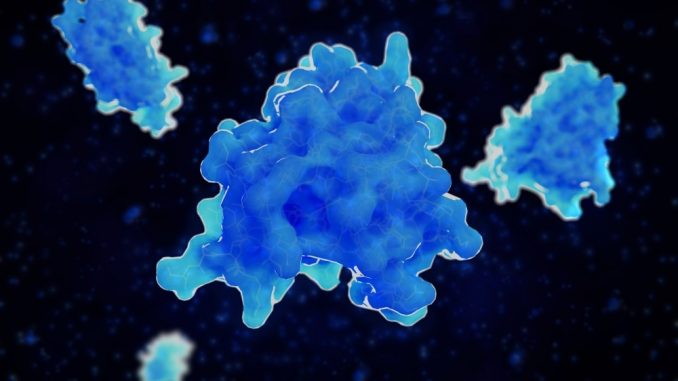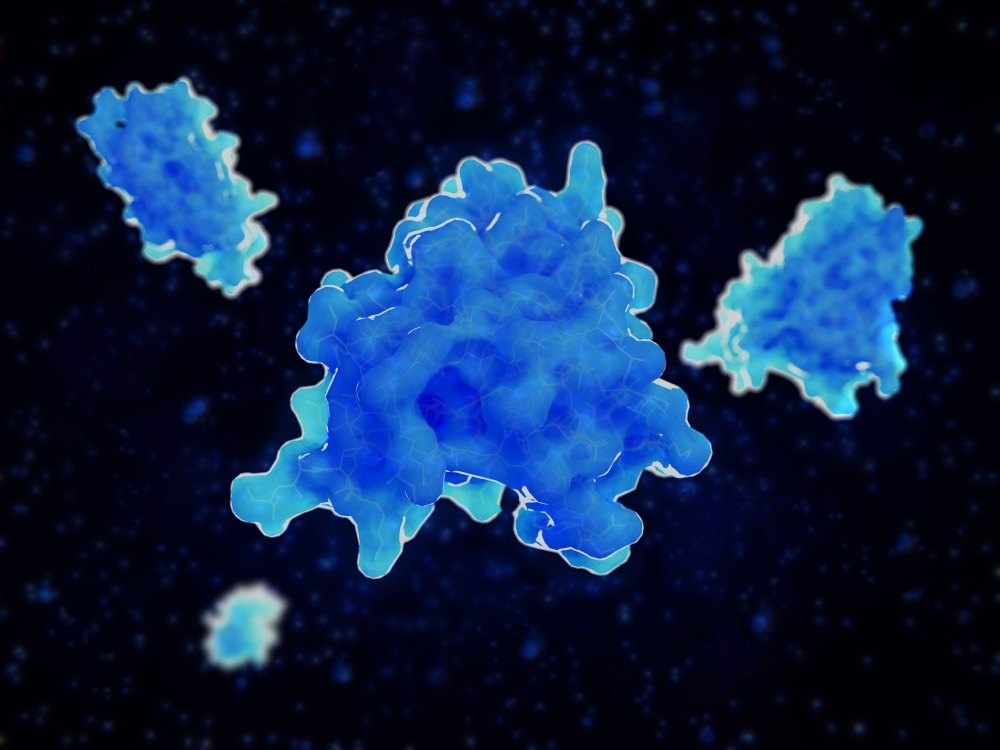
In a recent study posted to the bioRxiv* preprint server, researchers evaluated sex-based differences among cytokine and chemokine networks in the hippocampus after systemic immunological challenge.

Background
Elevated cytokine production in brain tissues during injury or disease regulates physiological processes, cognitive functions, and behavior. Instead of individual cytokine activation, cytokine and chemokine expression patterns may determine the outcomes of neuro-immunological signaling activities. Therefore, cytokine and chemokine network assessments could improve understanding of sex-based differences in immunological activation and neuro-immunological outcomes.
About the study
In the present study, researchers investigated the cytokine and chemokine networks in the hippocampus among murine animals of both sexes, male and female.
The team determined levels of 32 immunological cytokines in hippocampal tissues and peripheral tissues of mice of female and male mice at rest after 2.0 hours, 6.0 hours, 24.0 hours, 48.0 hours, and 168.0 hours post-acute lipopolysaccharide (LPS, 250.0 µg per kg) injections. Cytokine network analyses using the Cytoscape analysis and ARACNE algorithms were performed for continuous mapping of relative shifts in cytokine levels.
The ARACNE values were based on MI (mutual information) analysis to assess the relatedness of ≥2.0 biological factors such as cytokines. Thirty-eight male and 40 female C57Bl6 mice were administered single intraperitoneal (i.p.) LPS injections. Subsequently, mice were rapidly decapitated, hippocampi were dissected, and trunk sera were used for cytokine assays.
The cytokines assayed included colony-stimulating factor (CSF)-1,2,3, interleukin (IL)-1α,1β, 2, 3, 4, 5, 6, 9, 10, 12p40, 12p70, 13, 15, 17, interferon-gamma (IFN-ɣ), C-X-C motif chemokine ligand (CXCL)-1,2, 5, 9, 10, C-C motif chemokine ligand (CCL)-2,3,4,5,11, tumor necrosis factor-alpha (TNF-α), vascular endothelial growth factor (VEGF), leukemia inhibitory factor (LIF), and C-X-C motif chemokine 5 (LIX). Cytokine levels were expressed in terms of pg per mg hippocampal tissue and pg per mL serum.
Results
Cytokines and chemokines with sex-based LPS-mediated activation included elevated expression of CSF-1,2, IFN-ɣ, and interleukin-10 among males and elevated IL-2 cytokine family (IL-2, IL-15, IL-9) and interleukin-4 expression among females. Females demonstrated swifter increases as well as resolution of chemokine and cytokine expression than males.
Remarkably different cytokine networks were observed in the hippocampal regions across sexes following lipopolysaccharide injections. In addition, chemokine and cytokine expressions reduced within two days, more prominently among females than males. Out of 32 cytokines tested, 27 cytokines exhibited a significant elevation in the hippocampus in response to systemic LPS injections.
Immunology eBook

The team observed activation of IL-1α,2,4,6,9,12p40,13,17, CSF3, CXCL-1,2, VEGF, and CCL-11 within 2.0 hours of systemic lipopolysaccharide injections, of which, CCL11 and IL-4 showed rapid resolution. Activation of CSF-1,2, TNF-α, IFN-ɣ, IL-1β,7,10,12p70, CXCL-9,10, CCL-2,5, was first observed 6.0 hours after LPS administration. Increased expression of CSF-2, TNF-α, IFN-ɣ, IL-6,9,10,12p40, CXCL-1,9,10, and CCL-2 persisted for ≥24.0 hours post-LPS injection.
No significant elevations in males or females were observed at 168.0 hours. The activation of cytokines was steadier and more sustained in hippocampal tissues in comparison to peripheral tissues. Of note, IL-1β, 6, and TNF-α expression showed a lesser increase in hippocampal tissues compared to the increase among peripheral tissues. Greater immunological activation of CXCL-9,10 and CSF-3 was observed in the hippocampus.
The basic differences in the architecture of cytokine networks between the serum and hippocampal tissues strongly indicate that cytokine expression among brain tissues is not just an artifact or recapitulation of cytokine and chemokine expression but instead denotes centralized immunological regulation. Unlike in the hippocampal regions, wherein sex-based differences were observed in time courses, patterns, and magnitudes, serological cytokines among females and males differed mainly in magnitude.
Faster neuro-immunological activation and reduction were consistently observed with higher efficiency of peripheral immunological responses among females than males to TLR (toll-like receptor) activation. The downregulation of cytokines was also greatest and more sustained among females, indicative of a probable refractory period of immunological vulnerability of greater duration among females.
During rest periods, cytokine networks among males favored CCL-3, 5, LIF, and IL-2,9 expression, which are (except LIF and IL-9) mainly involved in peripheral inflammatory cell recruitment to the brain, BBB (blood-brain barrier) disruption, and T lymphocyte activation. Contrastingly, cytokine networks among females during the same period showed elevated expression of CSF-1 and IL-4, 12p40, cytokines involved largely in macrophage recruitment, microglial activation, and immunological proliferation. In addition, IL-4 has been involved in inhibiting nuclear factor kappa B (NF-kB) pathways and microglia polarization toward the anti-inflammatory M2 phenotypes.
Conclusion
Overall, the study findings showed that sex-based differences in neuro-immunological responses include differences in the intensities of cytokine responses and activated cytokine networks. The sex-based differences in networks of cytokines among brain tissues could affect the outcomes of neuro-immunological activation in the short term and long term.
*Important notice
bioRxiv publishes preliminary scientific reports that are not peer-reviewed and, therefore, should not be regarded as conclusive, guide clinical practice/health-related behavior, or treated as established information.
- Finnell, J., Speirs, I. and Tronson, N. (2018) "Sex differences in hippocampal cytokine networks after systemic immune challenge". bioRxiv. doi: 10.1101/378257. https://www.biorxiv.org/content/10.1101/378257v2
Posted in: Medical Science News | Medical Research News | Disease/Infection News
Tags: Anti-Inflammatory, Blood, Brain, CCL11, Cell, Chemokine, Chemokines, Cytokine, Cytokines, Growth Factor, Hippocampus, Interferon, Interferon-gamma, Interleukin, Leukemia, Ligand, Lymphocyte, Macrophage, Microglia, Necrosis, Proliferation, Receptor, T Lymphocyte, Tumor, Tumor Necrosis Factor, Vascular, VEGF

Written by
Pooja Toshniwal Paharia
Dr. based clinical-radiological diagnosis and management of oral lesions and conditions and associated maxillofacial disorders.
Source: Read Full Article